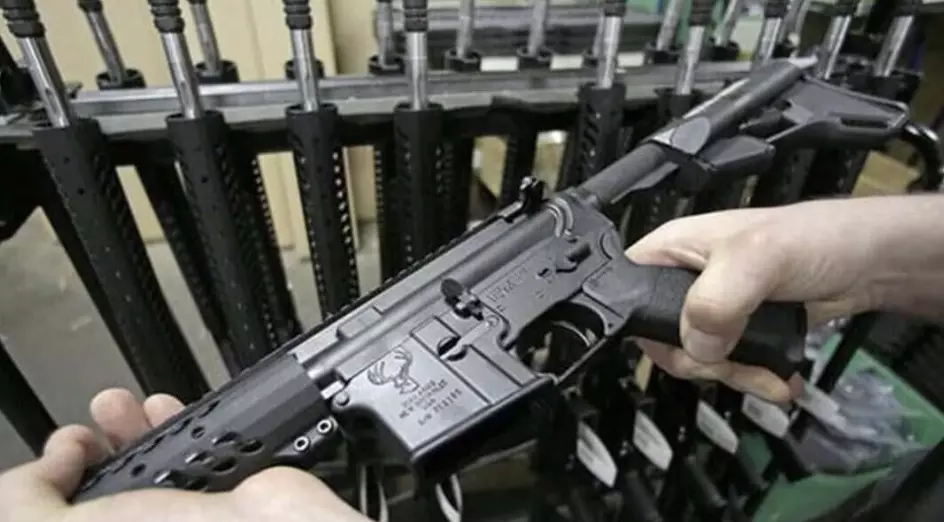India overtakes China as the world’s second-largest arms importer
India overtakes China as the world’s second-largest arms importer

After surpassing China to become the world’s most populous country, India has now claimed another notable distinction—emerging as the second-largest arms importer globally. Meanwhile, China, thanks to its robust defense industry, no longer appears in the top 10 arms importers.
In 2023, the United Nations Population Division declared that India’s population had surpassed China’s for the first time, reaching approximately 1.43 billion people. This marked a historic shift after decades of China holding the title as the most populous nation.
While India's population growth raised concerns initially, experts reassured that the country's demographic is predominantly young, unlike China's aging population, which has raised challenges.
However, a different concern has emerged for India: China's growing self-reliance in defense production. A recent report by the Stockholm International Peace Research Institute (SIPRI) revealed that China's arms imports have plummeted by 64% over the last five years, reflecting its increasing capacity to produce advanced weaponry domestically.
Between 2020 and 2024, China’s arms imports accounted for just 1.8% of global imports, a stark drop from 5.1% in the previous five-year period. This shift marks the first time since the early 1990s that China has not been among the top 10 arms importers. SIPRI attributes this decline to China’s growing domestic arms manufacturing capabilities, including advancements in combat aircraft, transport helicopters, and other military systems.
In contrast, India remains one of the largest arms importers, with an 8.3% share of global imports, second only to Ukraine, which has been embroiled in the ongoing conflict with Russia. Although India’s arms imports decreased by 9.3% between 2015-2019 and 2020-2024, it continues to rely heavily on foreign suppliers, particularly Russia. Russia accounted for 36% of India’s imports, though this percentage has decreased significantly compared to past years, as India strengthens its ties with Western countries like the USA, France, and Israel.
China, on the other hand, has expanded its role as an arms exporter. SIPRI's report indicates that 44 countries received Chinese arms in 2020-2024, with Pakistan being the largest recipient. China now supplies 81% of Pakistan's weaponry, solidifying its position as the country's primary arms provider.
Despite this, China's weapons exports are still limited by political factors. Countries like India and Japan, due to political conflicts, are unlikely to purchase Chinese arms, while Middle Eastern nations are hesitant to source Chinese weaponry for fear of upsetting their relationships with the West, particularly the United States.
While China’s arms industry continues to flourish, India has made notable progress in indigenizing its defense production. However, delays in the production and delivery of critical weapons, such as the Tejas fighter jet, continue to hamper India's efforts to achieve full self-sufficiency.
As China accelerates its defense production capabilities, it is arming countries like Pakistan with advanced weapons systems, such as the J-10C fighter jet and potentially the J-35A stealth fighter. India faces the challenge of keeping pace with these developments, especially as it continues to contend with border tensions with China.
China’s advancements in arms production should be a cause for concern for India, especially as the two nations navigate complex geopolitical tensions.

